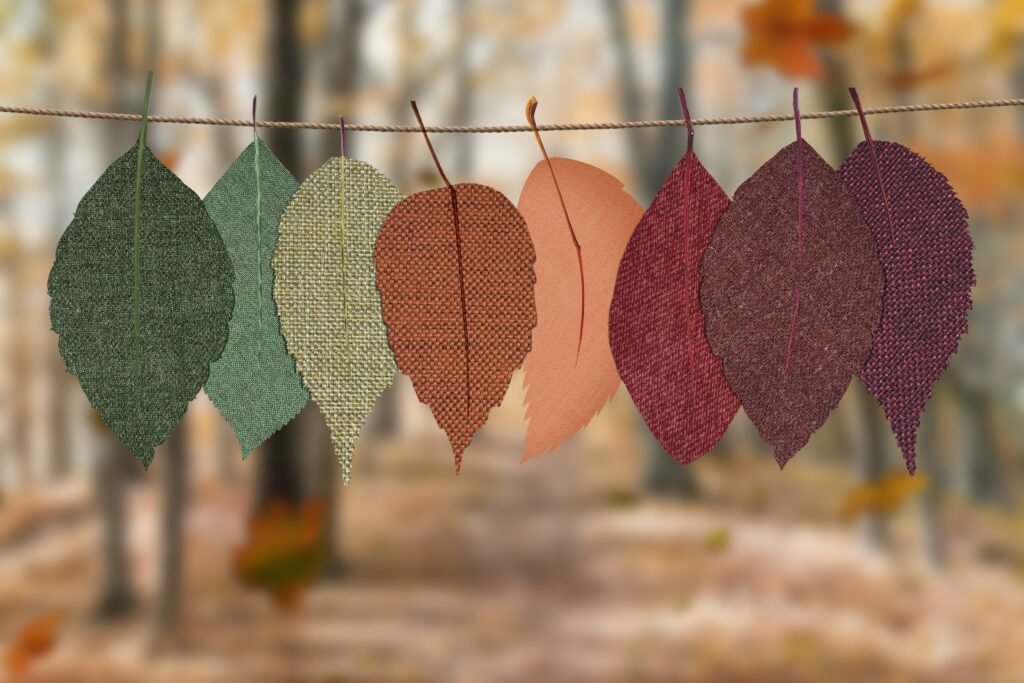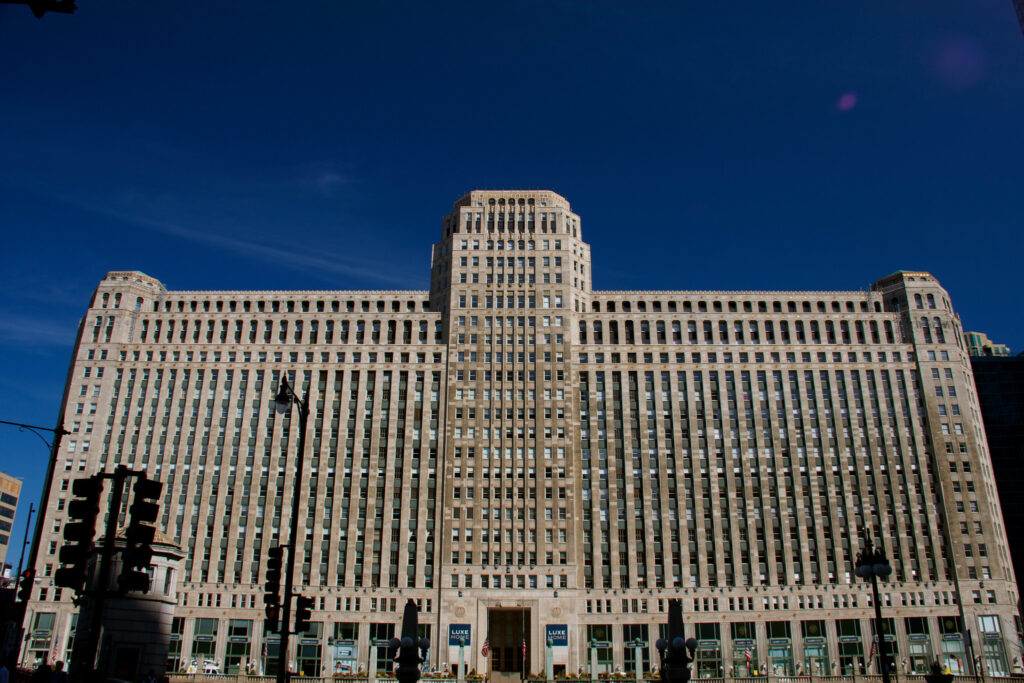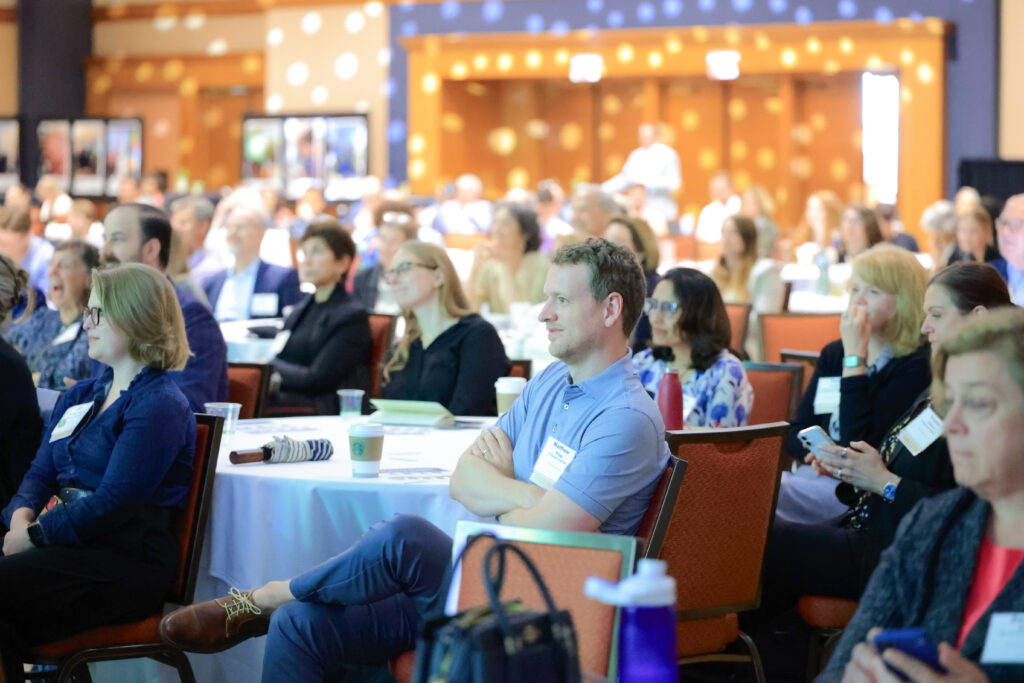Do you remember a time when you used to swap out your summer clothes for your winter wardrobe? This ritual of saying goodbye to clothes for half the year is long gone. Instead, we’ve evolved from two basic seasonal cycles to a fast fashion model of about 50-100 “microseasons” each year. And instead of packing up one microseason’s items for later use, many consumers are ditching their clothing, creating one of today’s biggest waste problems.
According to the EPA, textile waste generates up to 17 million tons of municipal solid waste (MSW) in a single year, representing 5.8% of total MSW in the United States. Unfortunately, less than 1% of material used to produce clothing is recycled into new clothing, which amounts to a loss of more than $100 billion annually. One of the reasons that less recycling occurs is because the quality of the material has been sacrificed in order to provide consumers with more options. To meet the demand for low prices, manufacturers have cheapened fabric quality, and as a result, about half of all fast fashion is disposed of within one year of its production.
If the fashion industry continues down this path, more than 26% of the carbon budget associated with a 2°C pathway could be used by 2050. As the urgency of the climate crisis increases, we need a better solution.

The imperative of textile reuse
One of the best ways to reduce fashion and textile waste is to focus on reuse initiatives. According to the Ellen MacArthur Foundation, circular practices could reduce annual emissions by about 1.1 billion metric tons in the textile industry. Plus, if the fashion industry addresses the environmental fallout of maintaining this unsustainable framework of microseasons, the world economy could gain $192 billion by 2030. So how do we get there?
There are three main avenues of reuse to address the growing problem of textile waste: reCommerce, recovery collection and exchange platforms.
1. ReCommerce
When we talk about reCommerce, we’re referring to one of the fastest growing sectors of fashion – the resale market. Secondhand fashion encompasses both the traditional thrift and donation market as well as the resale market. The secondhand market is projected to double in the next five years, reaching $77 billion, with resale driving the majority of that growth. In fact, resale has become so popular that it’s expected to grow 11 times faster than the broader retail market by 2025.
As consumer interest in secondhand increases, more channels to support reCommerce are emerging. Companies like ThredUp, Swap, and TheRealReal provide markets for consumers to sell their clothing as well as make purchases from others. Some retailers, like Patagonia, have their own reuse and repair programs. Through their Worn Wear program, customers can repair, share or recycle their Patagonia gear.
2. Recovery Collection
The other side of the secondhand market, such as thrift and donation markets, is one of the core components of recovery collection. Institutions like Salvation Army and Goodwill have been recovering textile waste for decades, but innovative solutions for collection are continually emerging. Some companies, like Retrievr and Simple Recycling, are focused on making recycling used clothing easier for consumers. Through these initiatives, consumers can schedule pickups so that their items can be collected curbside. Retailers, like Madewell or H&M, have also entered the collection space and will take used clothing for use in housing insulation to keep items out of landfills.
3. Exchange Platforms
One of the best ways to keep textiles in circulation instead of sending them to landfills is through secondary markets for raw materials. This emerging market has been best facilitated through exchange platforms, such as Queen of Raw and FABSCRAP, where major progress is being made. Queen of Raw is an online marketplace for excess fabrics, connecting manufacturers with deadstock fabric to designers in need and FABSCRAP aggregates and recycles excess fabric within the fashion industry. Less industry-specific solutions, like Rheaply, are working in a similar fashion to connect manufacturers with community groups and government entities to create a collective effort towards reuse.
Moving The Needle
The opportunity to address the textile waste problem through reuse initiatives is massive. With estimates that there are 36 billion items of clothing thrown out in the US each year, plus another 9 billion that sit idly in consumers’ closets, reCommerce, recovery collection and exchange platforms provide a home for reusing and redistributing these valuable items. According to McKinsey, reuse initiatives can enable the fashion industry to cut 143 million tons of GHG emissions by 2030. The benefits of reuse can also increase engagement with consumers. One in three consumers said they were more likely to shop with brands that offer secondhand clothing in addition to new.
Reducing textile waste is imperative to reaching global climate goals. Reuse programs are enabling this effort by empowering every individual and enterprise to become part of the solution.


